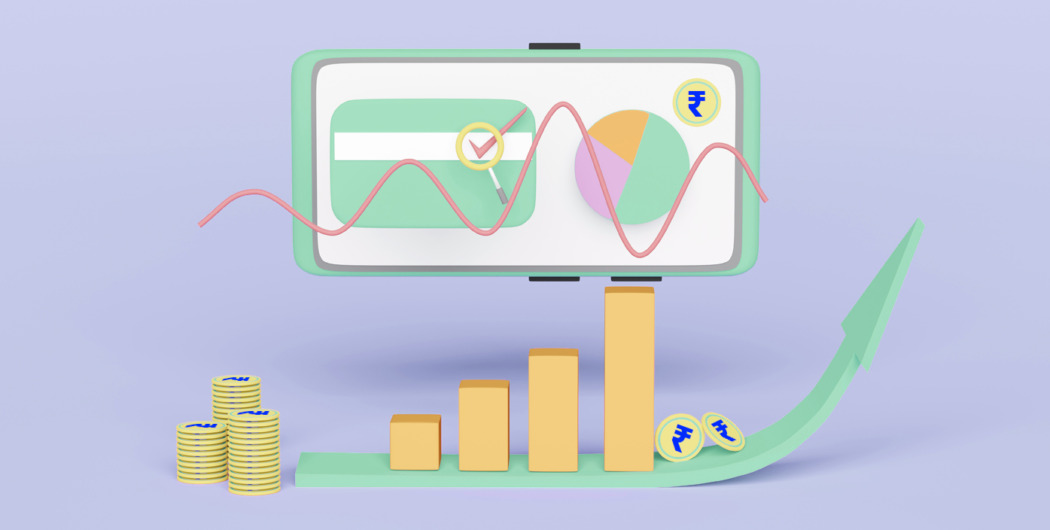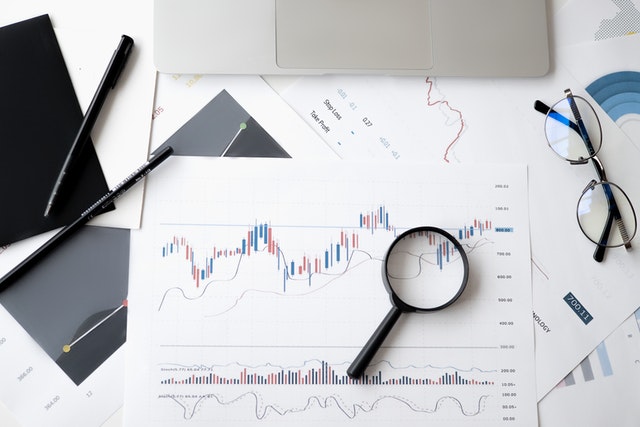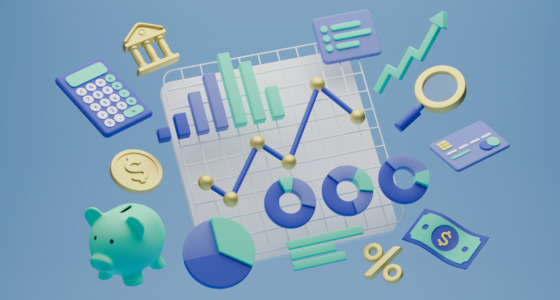

Despite the slow growth of investing in India, the country is home to nine share markets. The oldest one is the Bombay Stock Exchange (BSE), which was founded in Dalal Street, Mumbai, in 1854. BSE is the oldest exchange in Asia.
If you’ve ever wondered how to buy shares online, read on to find out more about the process.
1. Get a PAN card
First, get a Primary Account Number (PAN) card. PAN cards are used for all sorts of transactions in India.
To get a PAN card, you have to apply through UTI Infrastructure Technology and Services Limited (UTIITSL) or the National Securities Depository Limited (NSDL) website. An application costs roughly Rs. 100, and you’ll also need proof of your identity, your date of birth, and your current address.
2. Find a broker
Next, find a broker. If you’ve ever wondered how to buy shares online in India without a broker, the simple answer is that you can’t. Without brokers, the market would be inaccessible.
Different brokers offer different services. Some, for an additional fee, provide consultancy services. It’s worth doing some research to find a reliable broker. You should also compare fees while you’re having a look around.
Make sure that whatever broker you’re thinking of choosing offers access to a wide variety of assets. You should also try to test out whatever trading software the broker uses before choosing them. That way, you know if it works for you.
Through your DP, you can then open your demat account with one of the two depositories in India:
- National Securities Depository Limited (NSDL), which mostly controls trades on the National Stock Exchange;
- Central Depository Services Limited (CDSL), which mostly handles trades on the Bombay Stock Exchange.
3. Open a demat account
Once you’ve found a broker, you need to open a dematerialized account, most often called a demat account for short. Demat accounts are used to hold onto securities in a digital format.
You can open both a demat and trading account at an online broker. This type of account is called a trading-cum-demat account.

4. Open a trading account

You also need to open a trading account. Both a demat account and a trading account are compulsory parts of online trading. While a demat account allows you to store shares, a trading account allows you to carry out trades in the first place.
You can also get a 3-in-1 trading account to use on the stock market. These accounts consist of a bank account, trading account, and demat account. 3-in-1 accounts are popular because of their smooth transactions and their broad variety ofinvestment products.
5. Get a Unique Identification Number (UIN)
Next, get a Unique Identification Number (UIN) through the NSDL. To do so, you must approach one of their Points of Service (POS) agents, a full list of which you can find on the NSDL website.
Every investor is identified by their UIN, ever since SEBI introduced this measure to keep better track of traders. You are not legally allowed to make transactions greater than Rs. 1 lakh without a UIN.
6. Start the investment process
Now, you’re ready to get started! Keep in mind that the investment process differs depending on whether you choose to invest in the primary or secondary share market.
With the primary share market, you make an initial public offering (IPO) application to the business in consideration, after which shares will be given to you and the other investors based on their availability. With the secondary share market, buying and selling shares take place directly between investors.
Conclusion
This article has explained how to buy shares online in India. If you follow these steps, you’ll be able to start investing in no time.








